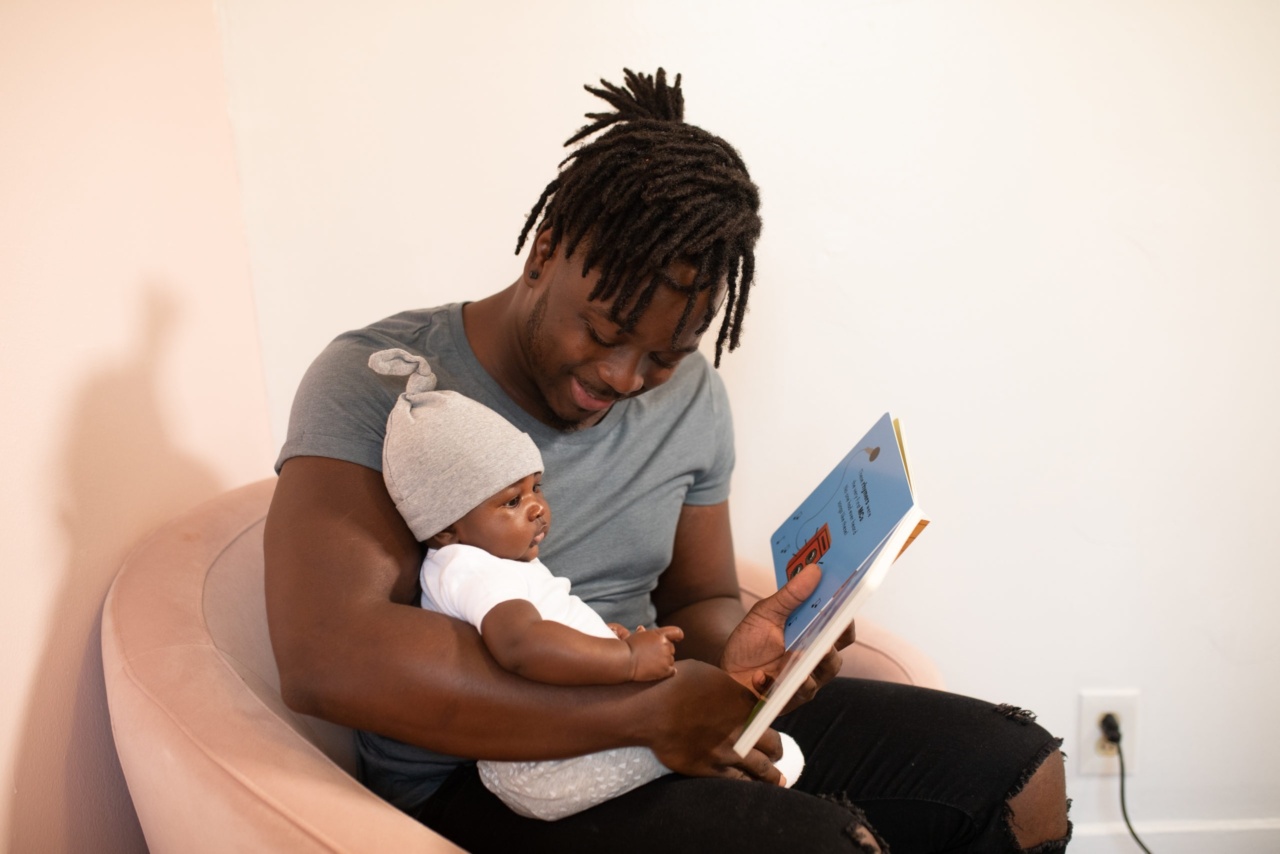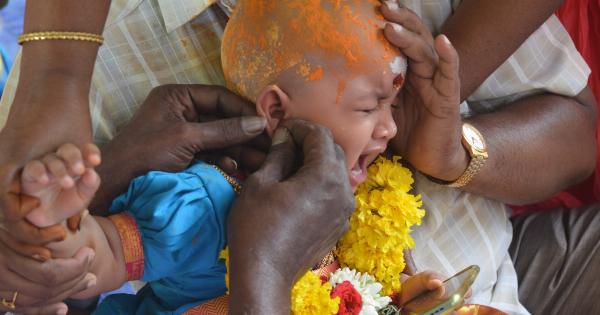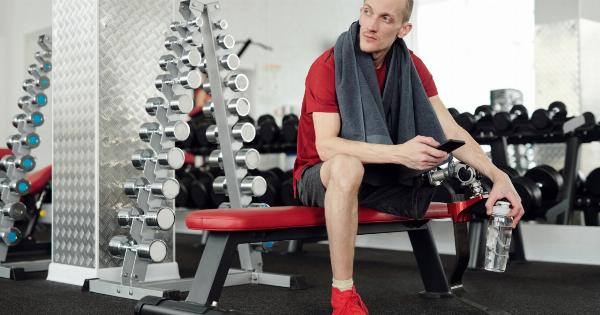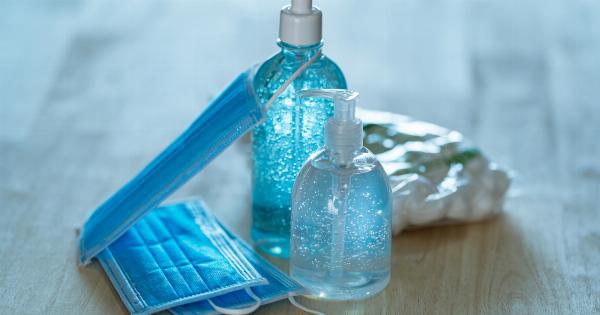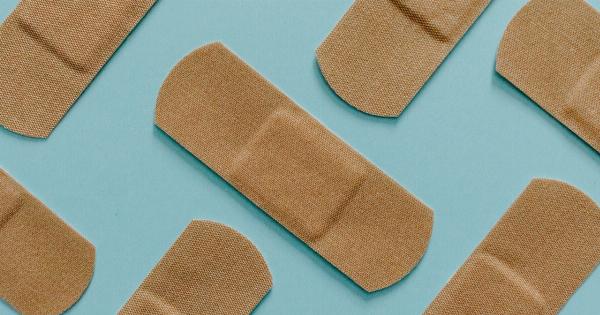Piercing a baby’s ears is a personal decision that varies from culture to culture and family to family. While some parents opt to pierce their baby’s ears at a very young age, others prefer to wait until their child is older.
Ultimately, the right time to pierce a baby’s ears depends on several factors, including cultural traditions, medical considerations, and the child’s ability to express their own desire for ear piercing.
1. Cultural traditions
In many cultures, it is customary to pierce a baby’s ears shortly after birth or during infancy. This practice is often seen as a way to celebrate the birth of the child or as a symbol of cultural identity.
In such cases, the right time to pierce a baby’s ears is determined by traditions and customs that have been followed for generations.
2. Medical considerations
Before deciding to pierce a baby’s ears, it is important to consider any potential medical risks or complications. Babies have delicate immune systems and their earlobes are still developing.
There is a small risk of infection, allergic reactions, or other complications associated with ear piercing. Therefore, it is advisable to consult with a pediatrician or a professional piercer who specializes in infant ear piercing to help minimize the risks.
3. Healing process
The healing process of an ear piercing can vary from person to person. In general, it takes around 6 to 8 weeks for an earlobe piercing to fully heal in adults.
However, healing time may be prolonged in babies due to their more delicate skin and immune system. The right time to pierce a baby’s ears would be when their immune system is stronger and they have reached a stage where they can tolerate minor discomfort during the healing process.
4. Ability to express desire
It is crucial to consider a child’s ability to express their own desire to get their ears pierced. While some babies may have no issues with pierced ears, others may find it uncomfortable or even distressing.
Waiting until a child is old enough to express a genuine interest in getting their ears pierced allows them to have a say in the matter and makes it a more positive experience for everyone involved.
5. Individual differences and preferences
Every child is different, and what works for one may not work for another. Some babies may be more prone to infections or allergies, making it important to wait until they are older and their immune system is stronger.
Additionally, some families may have personal or religious beliefs that influence when they choose to pierce their baby’s ears. It is essential to respect these differences and make decisions based on what is best for the individual child and family.
6. Choosing a reputable piercer
If you decide to pierce your baby’s ears, it is crucial to choose a reputable piercer who follows strict hygiene and safety protocols. Look for a professional piercing studio with experienced staff who are knowledgeable in infant ear piercing.
They should use sterile equipment, including disposable needles, and take extra precautions to minimize the risks of infection or complications.
7. Aftercare and maintenance
Aftercare plays a vital role in the healing process of a baby’s newly pierced ears. Proper cleaning and maintenance are essential to prevent infection and ensure the ears heal properly.
The piercer should provide detailed aftercare instructions that are suitable for an infant, and parents should follow these instructions diligently. It is also important to monitor the ears for any signs of infection or other issues and seek medical attention if necessary.
8. Postponing or reconsidering
Sometimes, even after careful consideration, parents may decide to postpone or reconsider piercing their baby’s ears.
This could be due to concerns about the healing process, the child’s ability to communicate discomfort accurately, or a change in cultural or personal beliefs. It is always okay to reconsider or delay ear piercing if you have any doubts or concerns.
9. Consider alternative options
For parents who are unsure about piercing their baby’s ears, there are alternative options available. Magnetic clip-ons or adhesive earrings can be used to create the appearance of pierced ears without the need for actual piercing.
These options allow parents and children to experiment with the look of earrings without making a permanent commitment.
10. Making an informed decision
In the end, the right time to pierce a baby’s ears is a personal decision that should be made with careful consideration and awareness of the child’s needs and well-being.
It is important to research, consult with professionals, and have open discussions with family members to ensure the decision aligns with your values and beliefs. By making an informed decision, you can provide the best experience for your child if you choose to pierce their ears.
